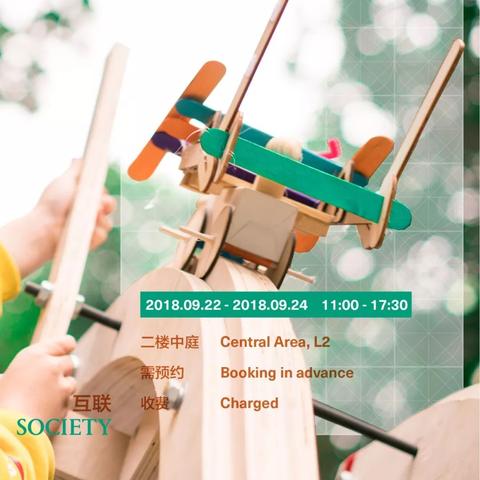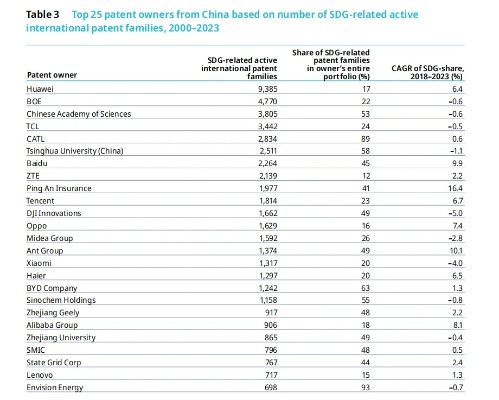Summary of Textile Product Photography Work Contents
This summary provides an overview of the work content for textile product photography. The primary focus is on capturing visually appealing images of textile products, including clothing, home furnishings, and accessories. To achieve this, the photographer employs various techniques such as lighting, composition, and editing to enhance the overall aesthetic appeal of the product. Additionally, the photographer takes into account factors such as color, texture, and pattern to convey a sense of style and personality to the photograph. By carefully selecting and positioning the textile products, the photographer creates compelling visual narratives that communicate their unique characteristics and qualities. Overall, textile product photography involves a meticulous attention to detail and a creative approach to capturing the beauty and allure of textile products.
In today's digital age, the importance of high-quality product photography cannot be overstated. Textile products, being a significant part of our daily lives, require precise and engaging imagery to showcase their beauty and functionality effectively. This guide provides a comprehensive overview of the essential tasks involved in textile product photography, along with a table outlining key points to help you better understand the process.
Key Tasks in Textile Product Photography

-
Product Preparation
- Selection and Handling of Samples: Carefully select representative samples that represent the entire range of the product. Ensure they are clean, dry, and free from any visible imperfections.
- Setup of Studio Environment: Create a suitable studio environment for photography, including lighting, backdrop, and camera setups.
- Pre-Production Tests: Before taking actual photos, conduct pre-production tests to ensure the lighting and background are appropriate for the product.
-
Product Photography
- Lighting: Use natural or artificial light sources to create the right lighting conditions for each product. Aim for even lighting to avoid harsh shadows.
- Background and Background Removal: Utilize a professional studio background or choose an appropriate location where the product can stand out against a contrastive background. For complex patterns, consider using a background removal technique.
- Product Positioning: Position the product correctly to maximize its visual impact. Consider factors like symmetry, scale, and focal point placement.
- Focus and Exposure: Ensure clear, sharp images. Adjust focus and exposure settings based on the lighting conditions to maintain a balanced composition.
- Post-Production Editing: Utilize editing software to enhance colors, adjust contrast, and crop shots to remove distractions.
-
Product Packaging and Styling
- Packaging: Ensure packaging is attractive and functional. Use high-quality materials and consider color coordination with the product.
- Stylization: Style the packaging to match the aesthetics of the product. This may include adding embellishments or graphics to enhance brand identity.
-
Quality Control
- Review and Feedback: After completing a batch of photography work, review each image to identify areas for improvement. Get feedback from clients to ensure product images accurately reflect the product's quality and features.
- Continuous Improvement: Based on client feedback and market trends, continuously improve the quality and style of the product photography.
Case Study
Imagine a textile company producing bed linens. The company has launched a new line of luxurious Egyptian cotton sheets. To showcase this product, they hired a professional photographer who followed a detailed plan:
- They selected a range of sheets with different textures and colors for testing.
- The photographer set up a professional studio space with a soft background and proper lighting.
- They positioned the sheets in a way that emphasized the unique pattern and texture of each design.
- Using a combination of natural and artificial lighting, they captured multiple angles and close-ups to showcase the fabric's detail and shine.
- Post-production, the images were edited to enhance colors and highlight the luxury feel.
The final product was stunning, capturing the essence of the product while providing an accurate representation of the brand's values. This case study demonstrates how careful attention to detail and a meticulous approach to photography can significantly enhance product sales and brand image.
In conclusion, textile product photography requires a multifaceted approach that involves careful preparation, skilled photography techniques, and continuous refinement. By following these guidelines and incorporating real-world examples, you can produce high-quality product images that effectively communicate the product's value and appeal to potential buyers.
在纺织品拍摄过程中,我们团队承担了多项重要任务,确保高质量的拍摄效果,本文将详细阐述纺织品拍摄的工作内容,并通过表格和案例说明来辅助说明。
纺织品拍摄工作内容概述
前期准备
a. 确定拍摄主题和风格
b. 收集样品,进行样品测试
c. 制定拍摄计划,明确拍摄时间、地点等
拍摄过程
a. 拍摄场景选择与设计
b. 使用专业摄影设备进行拍摄
c. 捕捉纺织品细节,包括颜色、质地、图案等

d. 后期处理,包括色彩调整、图片编辑等
后期工作
a. 整理拍摄素材,确保素材质量
b. 进行后期制作,包括文字描述、图片展示等
c. 提交成品,确保符合客户要求
具体工作内容详解
前期准备案例分析
以某品牌纺织品拍摄为例,该品牌需要一款具有时尚感的夏季服装,在前期准备阶段,我们团队首先确定了拍摄主题为“夏日风情”,并收集了多种样品进行测试,制定了详细的拍摄计划,明确了拍摄时间、地点、服装款式等,我们还与客户进行了沟通,确保拍摄需求得到满足。
拍摄过程细节说明
a. 拍摄场景选择与设计:在拍摄场景选择上,我们选择了具有夏日氛围的公园、海滩等地点,根据服装款式和客户要求,进行了场景设计,在拍摄过程中,我们使用了专业摄影设备进行拍摄,捕捉了纺织品细节,包括颜色、质地、图案等。
b. 捕捉纺织品细节:在捕捉纺织品细节方面,我们注重细节的真实性和准确性,通过使用高分辨率镜头和专业的摄影技巧,成功捕捉了纺织品的高光、阴影、纹理等细节,我们还与客户进行了沟通,确保纺织品细节符合客户要求。
c. 后期处理:在后期处理方面,我们进行了色彩调整和图片编辑,通过调整色彩平衡和对比度,使纺织品更加鲜艳、生动,我们还根据客户需求进行了图片展示和文字描述,确保成品符合客户要求。
后期工作说明
a. 整理拍摄素材:在整理拍摄素材方面,我们确保素材质量符合客户要求,我们仔细筛选了拍摄素材,并进行了高质量的整理和编辑。
b. 进行后期制作:在后期制作方面,我们进行了文字描述和图片展示,我们根据客户需求,撰写了详细的文字描述和图片展示文案,为客户提供了全面的了解,我们还对成品进行了优化处理,使其更加美观、易读。
案例总结与展望
通过本次纺织品拍摄工作内容的详细阐述和案例分析,我们可以看到纺织品拍摄工作的复杂性和重要性,在今后的工作中,我们将继续注重细节的真实性和准确性,提高拍摄质量和服务水平,我们还将加强与客户沟通,确保客户需求得到满足,展望未来,我们将继续关注纺织品行业的发展趋势和市场需求,不断创新和进步,为客户提供更加优质的服务。
Articles related to the knowledge points of this article:
The Story of Western Textiles at民西纺织品公司
Schedule of the China Textile Conference CTC)
The Evolutionary Journey of Dongguan Yushun Textiles Co.Ltd.



